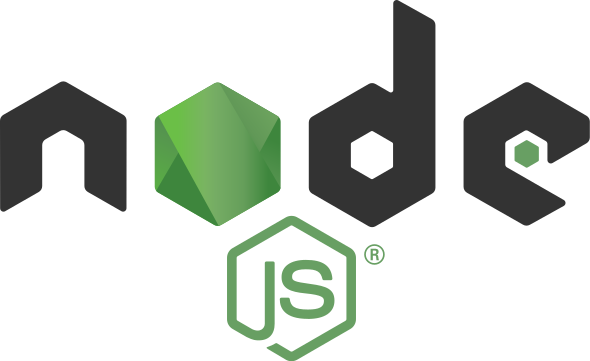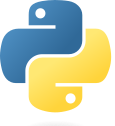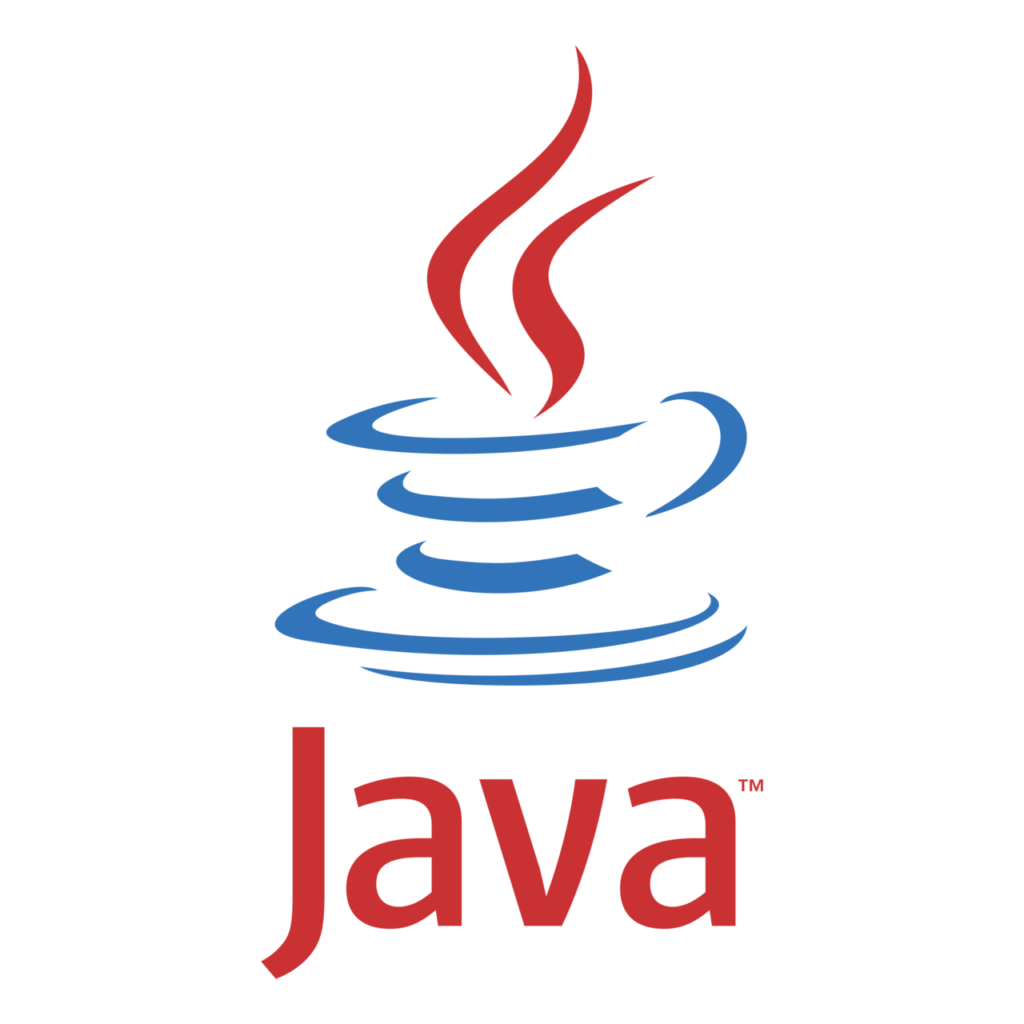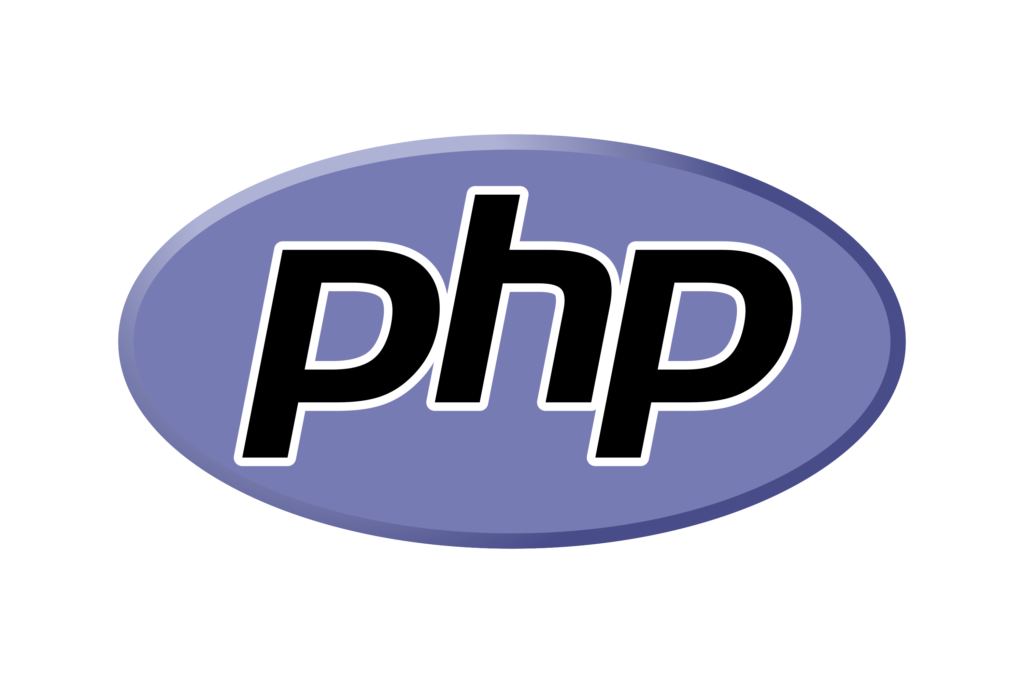Backend Developer Roadmap for Beginners in 2024
In the fast-paced world of technology, backend development holds a pivotal role in web development, serving as the engine that powers digital experiences. Whether you’re interested in designing robust server-side systems or curious about managing data and logic behind the scenes, beginning your journey as a backend developer promises a rewarding experience. However, given the constantly evolving technologies and frameworks, navigating this path may initially seem challenging. Rest assured, this comprehensive guide will serve as your roadmap, providing you with the essential steps and resources to start your journey as a backend developer in 2024.

Understanding Backend Development
Backend development involves crafting the server-side logic and infrastructure of web applications, managing data, and facilitating seamless communication between the frontend and the database. It primarily revolves around languages such as:
- JavaScript (Node.js)
- Python
- Ruby
- Java
- PHP





Each language offers its unique strengths and ecosystem, catering to diverse backend development needs and preferences.
JavaScript (Node.js)
Node.js, powered by JavaScript, has revolutionized backend development, enabling developers to utilize a single language for both frontend and backend tasks. Its architecture, characterized by its non-blocking and event-driven nature, is particularly advantageous for crafting applications that are both scalable and high-performing. Key concepts to master in Node.js include:
- Asynchronous programming with callbacks, promises, and async/await
- Express.js framework for building web servers
- Working with databases using libraries like Sequelize (for SQL databases) or Mongoose (for MongoDB)
Python
Renowned for its simplicity and readability, Python has garnered immense popularity in the backend development realm. With robust frameworks like Django and Flask, Python empowers developers to build sophisticated web applications efficiently. Essential skills in Python backend development include:
- Understanding Python syntax, data structures, and object-oriented programming
- Django framework for building full-stack web applications
- Flask framework for lightweight and modular web applications
Ruby
Ruby, coupled with the Rails framework, offers a highly productive environment for backend development, emphasizing convention over configuration and enabling rapid prototyping. Delve into the following areas to excel in Ruby on Rails development:
- Ruby language fundamentals
- Rails framework conventions, MVC architecture, and ActiveRecord for database interactions
- Testing methodologies like unit testing and integration testing using tools like RSpec
Java
Java boasts robustness, scalability, and platform independence, making it a preferred choice for enterprise-grade backend development. With frameworks like Spring and Hibernate, Java empowers developers to build resilient and scalable applications. Master the following concepts to thrive in Java backend development:
- Core Java concepts including data types, control structures, and object-oriented programming
- Spring framework for dependency injection, MVC architecture, and aspect-oriented programming
- ORM (Object-Relational Mapping) with Hibernate for seamless database interactions
PHP
PHP, a server-side scripting language, continues to power a significant portion of the web, particularly in the realm of content management systems and e-commerce platforms. Leveraging frameworks like Laravel and Symfony, PHP facilitates rapid application development and scalability. Key areas to focus on in PHP backend development include:
- PHP syntax, functions, and error handling
- Laravel framework for elegant and expressive syntax, ORM (Eloquent), and routing
- Symfony framework for reusable components, scalability, and robustness
The Backend Developer Roadmap
1. Mastering Fundamentals of Programming
Before immersing yourself in backend development, it’s crucial to establish a solid foundation in programming fundamentals. Focus on concepts such as:
- Variables: Understand how to declare and manipulate variables to store data.
- Data types: Learn about different data types like integers, strings, booleans, and arrays, and how to work with them.
- Control structures: Explore conditional statements (if-else, switch) and loops (for, while) to control the flow of your code.
- Functions: Grasp the concept of functions to organize code into reusable blocks and understand the principles of modular programming.
- Object-oriented programming (OOP) principles: Familiarize yourself with concepts like classes, objects, inheritance, encapsulation, and polymorphism.
2. Deep Dive into Chosen Backend Language and Framework
Once you’re comfortable with programming fundamentals, choose a backend language and framework to specialize in. Consider factors such as:
- Language ecosystem: Explore the libraries, frameworks, and community support available for each language.
- Project requirements: Align your choice with the specific needs of your projects, considering factors like scalability, performance, and ease of maintenance.
- Industry demand: Research the job market to understand which languages and frameworks are in high demand among employers.
3. Database Management and Interaction
A strong understanding of database management is crucial for backend developers. Dive into:
- SQL (Structured Query Language): Learn how to write queries to create, read, update, and delete data in relational databases.
- NoSQL databases: Explore non-relational databases like MongoDB, understanding their differences from traditional SQL databases and when to use them.
- Data modeling: Master the process of designing database schemas to efficiently store and retrieve data.
- Indexing and optimization: Discover techniques to improve database performance through indexing, query optimization, and denormalization.
- Transactions: Understand the concepts of ACID properties and transaction management to maintain data consistency and integrity.
4. API Development and Integration
APIs play a vital role in facilitating communication between different components of a software system. Learn about:
- RESTful API design principles: Understand the architectural constraints of REST and how to design APIs that are intuitive, scalable, and maintainable.
- Authentication and authorization: Implement secure authentication mechanisms like JWT (JSON Web Tokens) and OAuth to protect your APIs from unauthorized access.
- Serialization/deserialization: Master techniques for serializing data into formats like JSON or XML for transmission over the network and deserializing it back into usable objects.
5. Security and Authentication
Security is paramount in backend development. Focus on:
- Common security threats: Familiarize yourself with vulnerabilities like SQL injection, XSS, CSRF, and learn how to mitigate them.
- Encryption and hashing: Implement cryptographic techniques like encryption and hashing to protect sensitive data stored in databases or transmitted over the network.
- Input validation: Validate user input to prevent malicious payloads from compromising your application’s security.
- Secure communication: Use HTTPS and TLS/SSL to encrypt data transmitted between clients and servers.
6. DevOps Practices and Deployment
Embrace DevOps principles to streamline the development, deployment, and operation of backend systems. Explore:
- Continuous integration and continuous deployment (CI/CD): Set up automated pipelines to build, test, and deploy your applications whenever changes are made to the codebase.
- Infrastructure as code (IaC): Learn tools like Terraform or CloudFormation to provision and manage infrastructure resources using code.
- Monitoring and logging: Implement tools like Prometheus and Grafana for monitoring system performance and troubleshooting issues in production environments.
- Scalability and reliability: Design your backend systems to be scalable and fault-tolerant, utilizing techniques like load balancing, horizontal scaling, and fault isolation.
7. Continuous Learning and Project Building
Backend development is a journey of lifelong learning. Stay updated with:
- Online courses and tutorials: Enroll in courses on platforms like Udemy, Coursera, or Pluralsight to deepen your knowledge of specific technologies or concepts.
- Open-source contributions: Contribute to open-source projects on platforms like GitHub to collaborate with other developers and gain hands-on experience with real-world projects.
- Personal projects: Undertake side projects to apply your skills in practical scenarios and build a portfolio that showcases your capabilities to potential employers.
- Developer communities: Join online communities like Stack Overflow, Reddit, or Discord to seek help, share knowledge, and network with other developers in the field.
By following this comprehensive roadmap and continually honing your skills, you’ll be well-equipped to embark on a successful career as a backend developer in 2024 and beyond.
Conclusion
In the world of backend development in 2024, this roadmap acts as a guide for beginners, showing them the way to proficiency and achievement. By learning basic programming, exploring different languages and frameworks, grasping database management, refining API development, focusing on security, adopting DevOps methods, and keeping up with learning, aspiring developers can build a path to a satisfying career. With dedication and a commitment to staying updated, the journey to becoming a skilled backend developer becomes not just possible, but incredibly fulfilling.
For more informative blogs, feel free to explore our blog page. If you’re interested in learning new technologies, don’t forget to check out our diverse range of courses.



